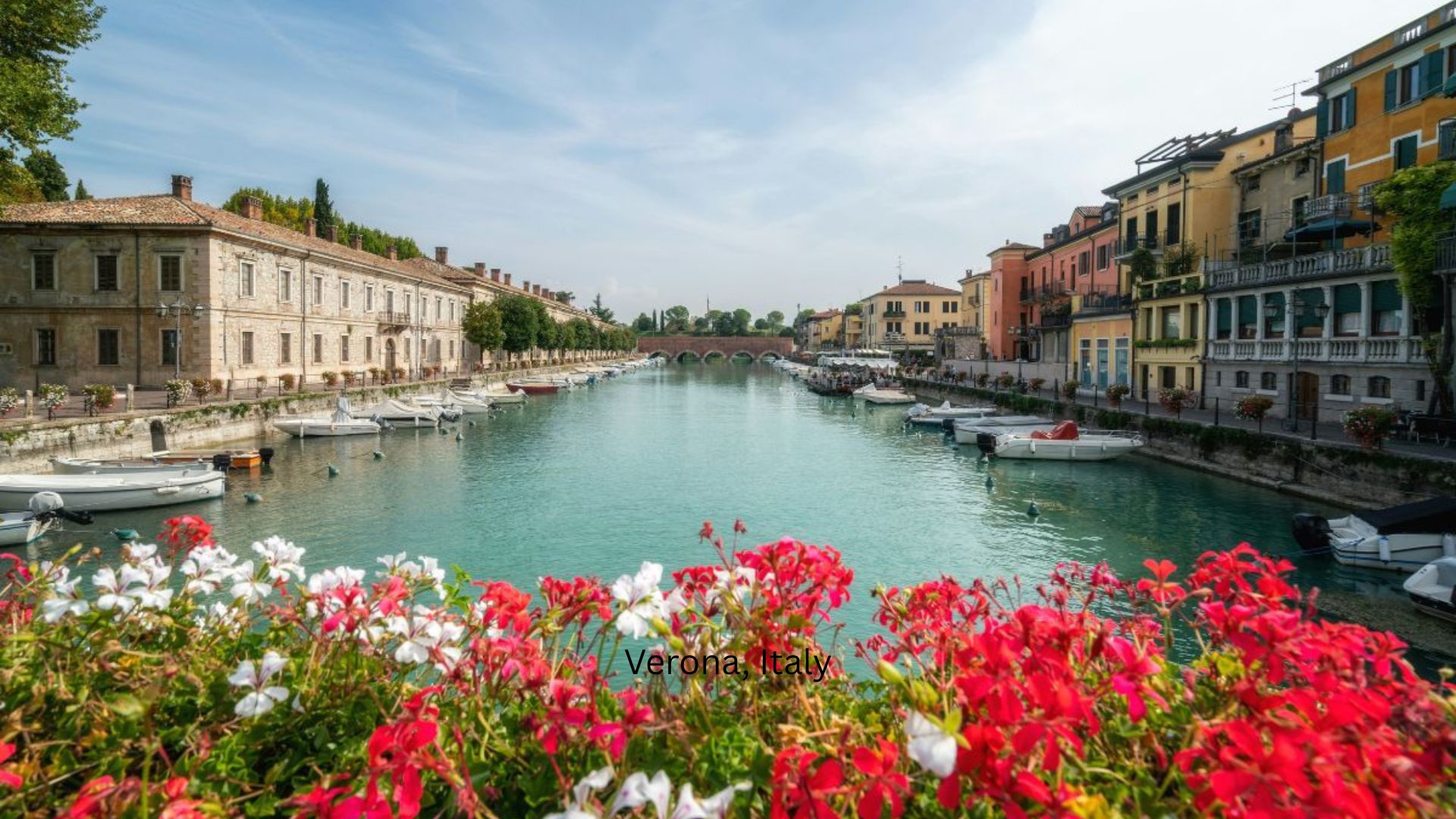Planning a road trip through Veneto changed how I view Italy. This stunning region in northeastern Italy offers an incredible mix of experiences, from the magical canals of Venice to the dramatic peaks of the Dolomites. In just 10 days, you can experience the full range of Veneto’s treasures.
In this itinerary, I’ll show you the best of Veneto without rushing. The journey begins in Venice, where the Adriatic Sea meets ancient architecture in a dreamlike setting. From there, we’ll venture to lesser-known gems like Padova and Lake Garda before heading north to the mountains.
What makes this route special is how it balances iconic sights with hidden spots tourists often miss. You’ll avoid the common mistake of racing between major cities and instead get to know one magnificent region deeply. Along the way, I’ll share my favorite local restaurants, scenic drives, and practical tips I’ve gathered from multiple trips through this enchanting corner of Italy.

Setting Sail from Venice: Exploring the Lagoon
Venice’s magic extends far beyond its canals. The surrounding lagoon holds treasures waiting to be discovered by boat, from iconic landmarks to colorful island communities that showcase the region’s rich heritage.
The Marvels of St. Mark’s Square
St. Mark’s Square (Piazza San Marco) is the beating heart of Venice and the perfect starting point for any lagoon adventure. I found the square buzzing with energy at almost any hour. The magnificent St. Mark’s Basilica dominates with its Byzantine domes and golden mosaics that glitter in the sunlight.
Next to it stands the impressive Doge’s Palace, once home to Venice’s rulers. The intricate Gothic façade is stunning, but the real treasures lie inside, where the secret passages and ornate council chambers tell stories of the Republic’s former glory.
From the square, I could see the iconic Campanile bell tower reaching toward the sky. For the best views of the lagoon, I recommend taking the elevator to the top—the panorama is worth it.
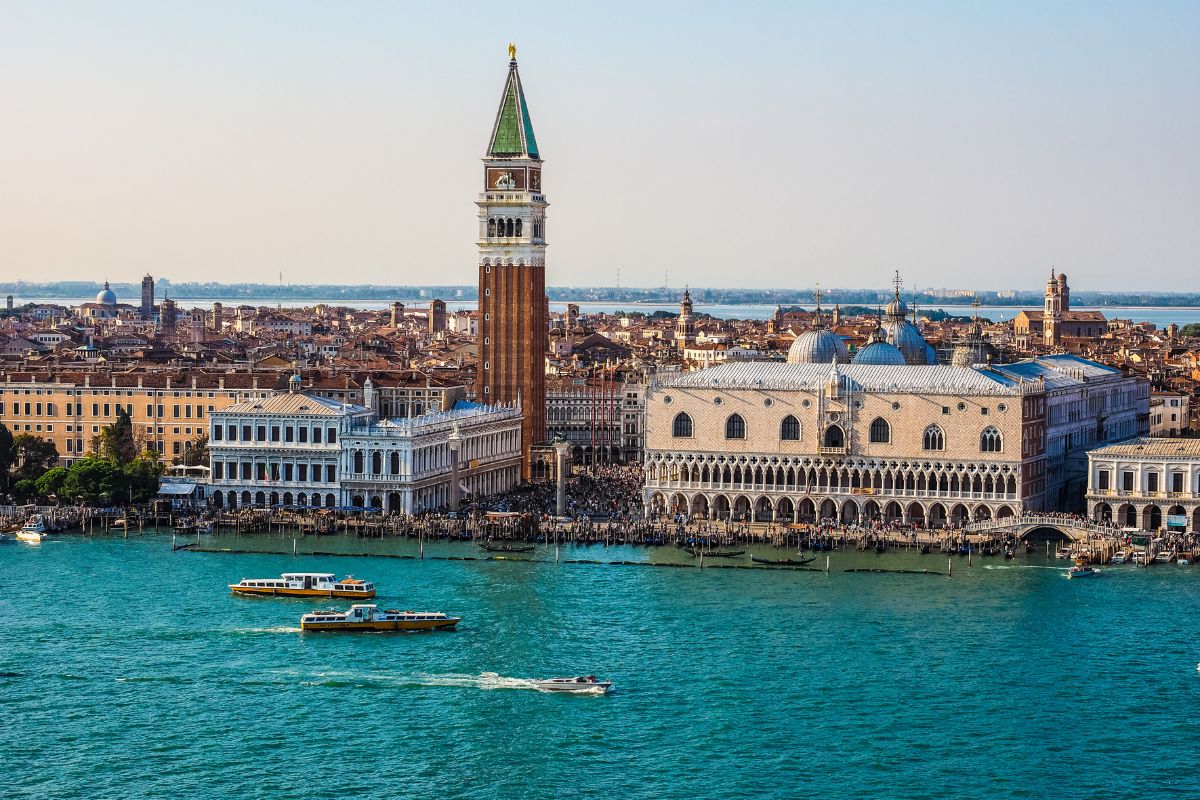
Glass Artistry in Murano
A short boat ride from Venice brought me to Murano, the island famous for its exceptional glassmaking tradition dating back to the 13th century. The moment I stepped off the vaporetto, I could see workshops with furnaces glowing orange with heat.
I watched in awe as master craftsmen transformed molten glass into delicate sculptures and colorful vases with techniques passed down through generations. The speed and precision of their movements were mesmerizing.
The Glass Museum (Museo del Vetro) offers insights into the island’s artistic heritage. I spent hours admiring centuries-old pieces that showcase the evolution of Murano glass techniques.
Many studios offer demonstrations and sell authentic pieces. Be careful though—authentic Murano glass commands premium prices, and the islands have plenty of imported imitations.
Burano’s Colorful Facades
Burano stole my heart with its rainbow of brightly painted houses lining the canals. Legend says fishermen painted their homes in vivid colors to recognize them through the lagoon fog when returning from sea.
Walking through Burano’s narrow streets feels like stepping into a fairytale. I found myself constantly reaching for my camera to capture the perfect composition of colorful reflections in the canal waters.
Beyond its Instagram-worthy scenery, Burano is renowned for intricate lace-making. The Lace Museum (Museo del Merletto) displays exquisite pieces and sometimes features demonstrations by local artisans preserving this delicate craft.
Don’t miss trying the local butter cookies called “bussolai” at one of the small bakeries. These simple treats perfectly complement a stroll through this photogenic island.
Torcello: A Quiet Retreat
Torcello offered a peaceful contrast to Venice’s crowds. This sparsely populated island was the first settlement in the Venetian lagoon, predating Venice itself.
The Cathedral of Santa Maria Assunta houses spectacular Byzantine mosaics, including a haunting 12th-century Last Judgment that covers an entire wall. I stood in silence, absorbing the ancient artistry that has watched over worshippers for nearly a millennium.
The Devil’s Bridge (Ponte del Diavolo) arches elegantly over a canal without railings—a reminder of simpler times. The archaeological museum provides fascinating context about Torcello’s importance before Venice rose to prominence.
I found a small restaurant with a garden and enjoyed a leisurely lunch surrounded by birdsong and distant bell tolls—a perfect respite from the often-frenetic pace of Venice proper.
Cultural Encounters: Vicenza, Verona and the Cities of Art
The heart of Veneto’s charm lies in its magnificent cities rich with artistic heritage, architectural marvels, and centuries of cultural significance. Each city offers a unique window into Italy’s remarkable past and vibrant present.
Vicenza: The City of Palladio
Walking through Vicenza feels like stepping into an open-air museum dedicated to Andrea Palladio, the renowned Renaissance architect. I was awestruck by the sheer number of his masterpieces scattered throughout this compact UNESCO World Heritage Site.
The Teatro Olimpico, Palladio’s final design, left me speechless with its trompe l’oeil stage sets creating perfect perspective illusions. Don’t miss the Basilica Palladiana dominating the central Piazza dei Signori with its distinctive green copper dome.
For the best view of Vicenza, I climbed to Monte Berico where the panorama of red-tiled roofs against the backdrop of rolling hills took my breath away. Just outside town, I visited Villa Valmarana ai Nani and the spectacular Villa La Rotonda – the iconic building that inspired Thomas Jefferson’s Monticello.
Verona: A Shakespearean Backdrop
Verona captivated me with its romantic atmosphere and remarkable preservation of Roman architecture. While Juliet’s balcony draws crowds, I found the city offers so much more than Shakespeare connections.
The Arena di Verona, a first-century Roman amphitheater, still hosts spectacular opera performances under starlit summer skies. I recommend timing your visit during opera season for an unforgettable cultural experience.

Piazza delle Erbe, the old market square, buzzes with energy from morning till night. Here I enjoyed people-watching from a café while admiring the Renaissance palaces and the Lamberti Tower.

Verona’s location makes it perfect for side trips to Lake Garda, where I spent a dreamy afternoon exploring the lakeside towns of Bardolino and Sirmione with their crystal-clear waters and medieval charm.
Padova: A Blend of Spirituality and Science
Padova surprised me with its perfect balance of spiritual heritage and scientific progress. The city’s crown jewel, the Scrovegni Chapel, houses Giotto’s breathtaking frescoes that revolutionized Western art.
At Piazza del Duomo, I admired the cathedral before heading to the University of Padova where Galileo once taught. Standing at his podium in the world’s oldest anatomy theater gave me goosebumps.
The Basilica of St. Anthony draws pilgrims from worldwide, but equally impressive is Prato della Valle, Italy’s largest square. This elliptical plaza with its 78 statues and central island became my favorite spot to relax after exploring.
For coffee lovers, Caffè Pedrocchi offers a taste of Padova’s intellectual history. Known as “the café without doors,” it never closed for centuries and hosted countless scholars, politicians, and artists throughout its storied past.
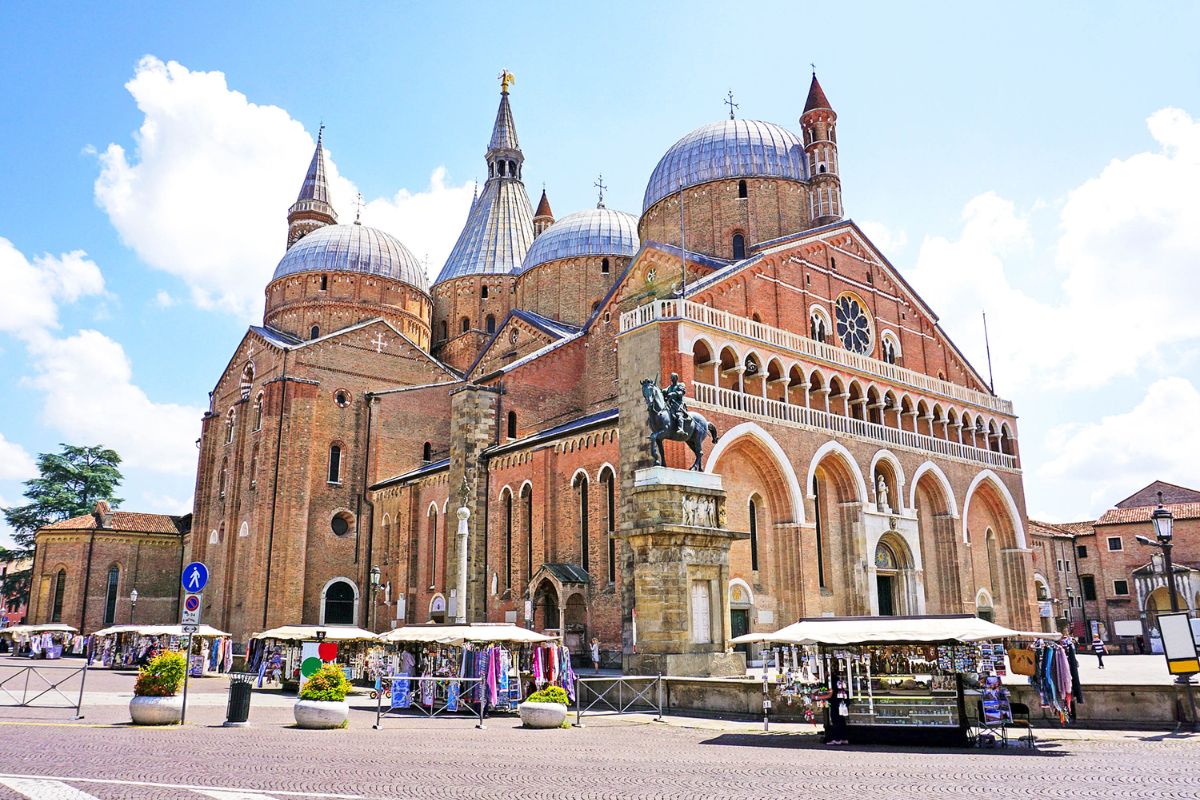
Nature’s Bounty: Prosecco Roads and Lake Garda
Veneto’s natural landscape offers two spectacular experiences that combine breathtaking scenery with culinary delights. The rolling hills of Prosecco country and the expansive beauty of Lake Garda represent the region’s diverse geography and provide perfect stops on any road trip through northern Italy.
The Sparkling Hills of Prosecco
I discovered that the Prosecco region, nestled between Conegliano and Valdobbiadene, offers some of Italy’s most picturesque driving routes. The winding roads take you through steep vineyards that seem to cascade down the hillsides like green waterfalls.
Stop at family-run wineries for tastings of the region’s famous sparkling wine. Many offer tours where you can learn about the traditional methods used to create this celebrated beverage.
The biodiversity here is impressive. Between rows of Glera grapes, wildflowers and herbs thrive, supporting local ecosystems. Some vineyards maintain beehives and olive trees alongside their vines.
For the best experience, I recommend following the official “Strada del Prosecco” (Prosecco Road) with stops in charming villages like Follina and Santo Stefano. The views from Col San Martino are particularly stunning, especially in late afternoon light.

Lake Garda’s Majestic Beauty
Lake Garda, Italy’s largest lake, stunned me with its crystal-clear waters framed by dramatic mountains. The southern shore features gentle beaches and olive groves, while the northern part offers rugged cliffs and a more Alpine feel.
Day trips around the lake reveal charming towns like Sirmione, with its thermal baths and medieval castle. Bardolino entices with its waterfront promenades and famous red wines.
I spent hours exploring the lakeside paths that connect villages and offer spectacular views. Water activities abound here – sailing, windsurfing, and paddleboarding are popular thanks to the reliable afternoon winds.
The microclimate around Lake Garda supports unique vegetation. Lemon groves, palm trees, and oleanders thrive in this Mediterranean-like pocket of northern Italy.
Don’t miss the small town of Limone sul Garda, famous for its historic lemon houses and breathtaking mountain backdrop. It’s perfect for a morning coffee stop before continuing your Veneto adventure.

Mountain Majesty: The Dolomites’ Dramatic Landscapes
The Dolomites offer some of the most breathtaking mountain scenery in all of Europe, with jagged peaks, alpine meadows, and crystal-clear lakes that change color throughout the day.
Tre Cime di Lavaredo: A Hiker’s Dream
The iconic three peaks of Tre Cime di Lavaredo became the highlight of my Dolomites adventure. These three distinctive rock formations rise dramatically from the landscape, creating a postcard-perfect backdrop for hikers of all levels.
I recommend starting early to complete the circular trail (about 6.2 miles) around these magnificent peaks. The route takes 3-4 hours and offers constantly changing perspectives of the mountains.
What surprised me most was how accessible this world-class hiking destination is. Even if you’re not an experienced hiker, the well-maintained paths make it possible to enjoy breathtaking views without extreme difficulty.
During summer months (June-September), the area blooms with wildflowers and alpine plants. I spotted several marmots and even a chamois during my visit!
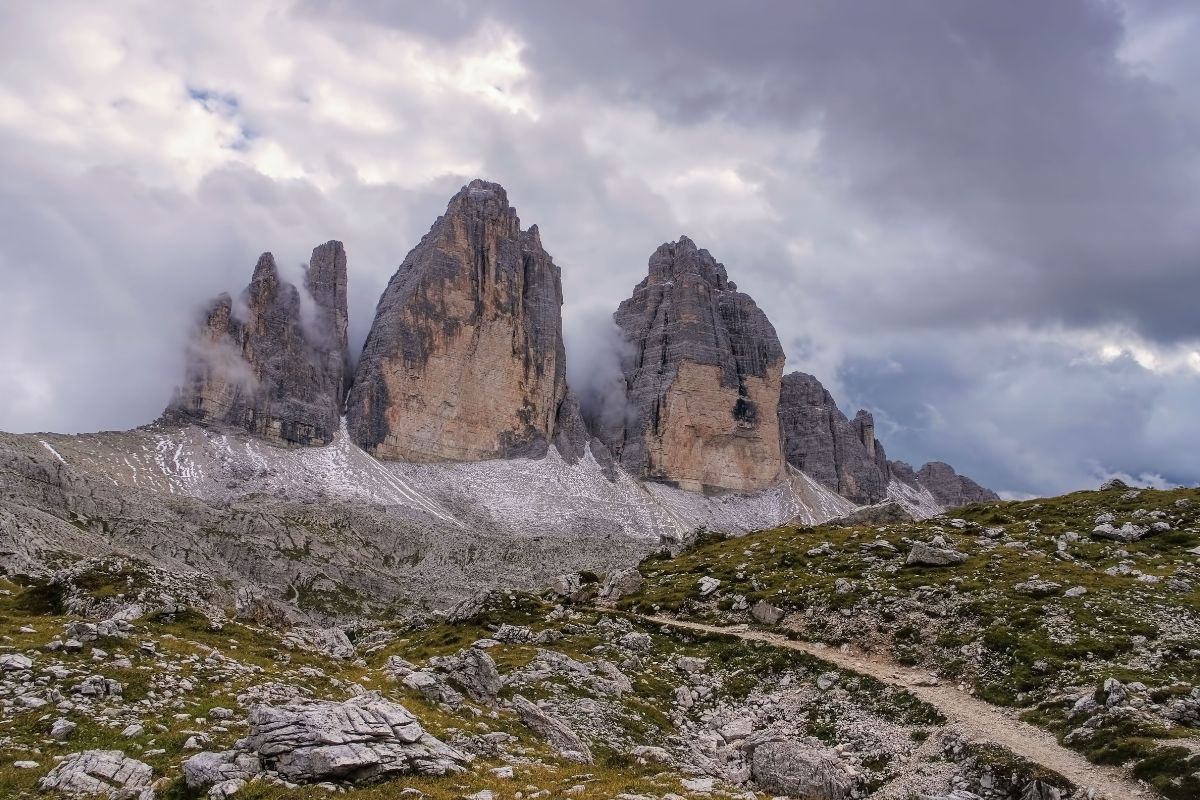
Belluno and Beyond: Lesser-Known Gems
While most travelers focus on the northern Dolomites, I found Belluno to be the perfect gateway to the southern region. This charming town sits at the foothills of the mountains, just over an hour’s drive from Venice.
From Belluno, I explored some hidden treasures without the crowds. The Marmolada, known as the “Queen of the Dolomites,” stands as the highest peak in the range at 10,968 feet. Its glacier offers summer skiing for the adventurous traveler.
What makes this area special is the fascinating blend of Italian and Austrian influences. Many signs appear in both languages, and the architecture features a unique alpine-Mediterranean style.
The biodiversity here is remarkable too. The region hosts over 2,400 plant species, including rare alpine flowers like edelweiss and alpine roses that dot the meadows in spring and summer.
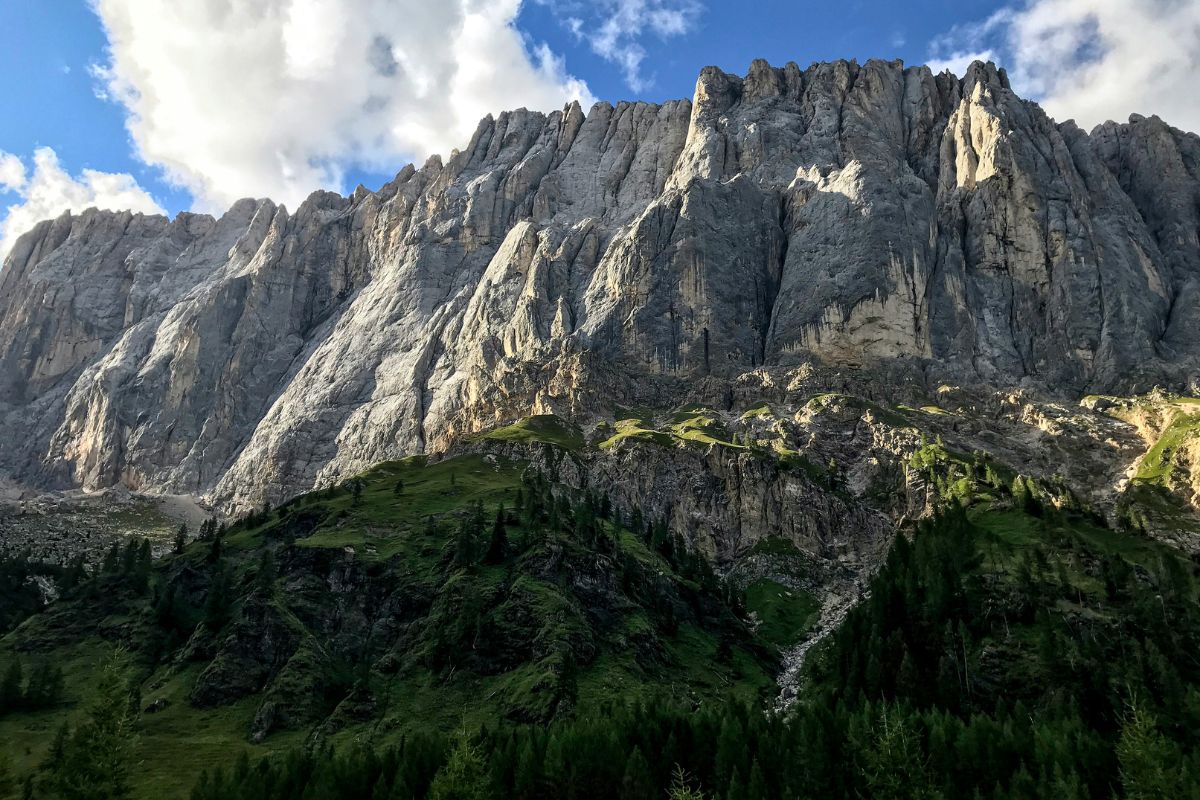
Seaside to Countryside: The Adriatic and Po Delta to Euganean Hills
The eastern edge of Veneto offers a stunning transition from coastal charm to rolling hills. This stretch of the journey connects you with pristine wetlands, fishing traditions, and thermal retreats that showcase the diverse landscape beyond Venice.
Chioggia: The Little Venice
Arriving in Chioggia feels like discovering Venice’s quieter sibling. The colorful fishing town sits at the southern end of the Venetian lagoon, where narrow canals are lined with pastel buildings and crossed by small bridges.
I spent a morning wandering through the bustling fish market, where local fishermen display their fresh catch. The variety is impressive – from tiny shrimp to massive sea bass.
Corso del Popolo, the main street, buzzes with local life rather than tourist crowds. Here you’ll find authentic seafood restaurants serving up regional specialties like risotto di gò (goby fish risotto).
Don’t miss a stroll along the Adriatic seafront at Sottomarina with its wide sandy beaches. The views of fishing boats returning at sunset make for perfect photo opportunities.
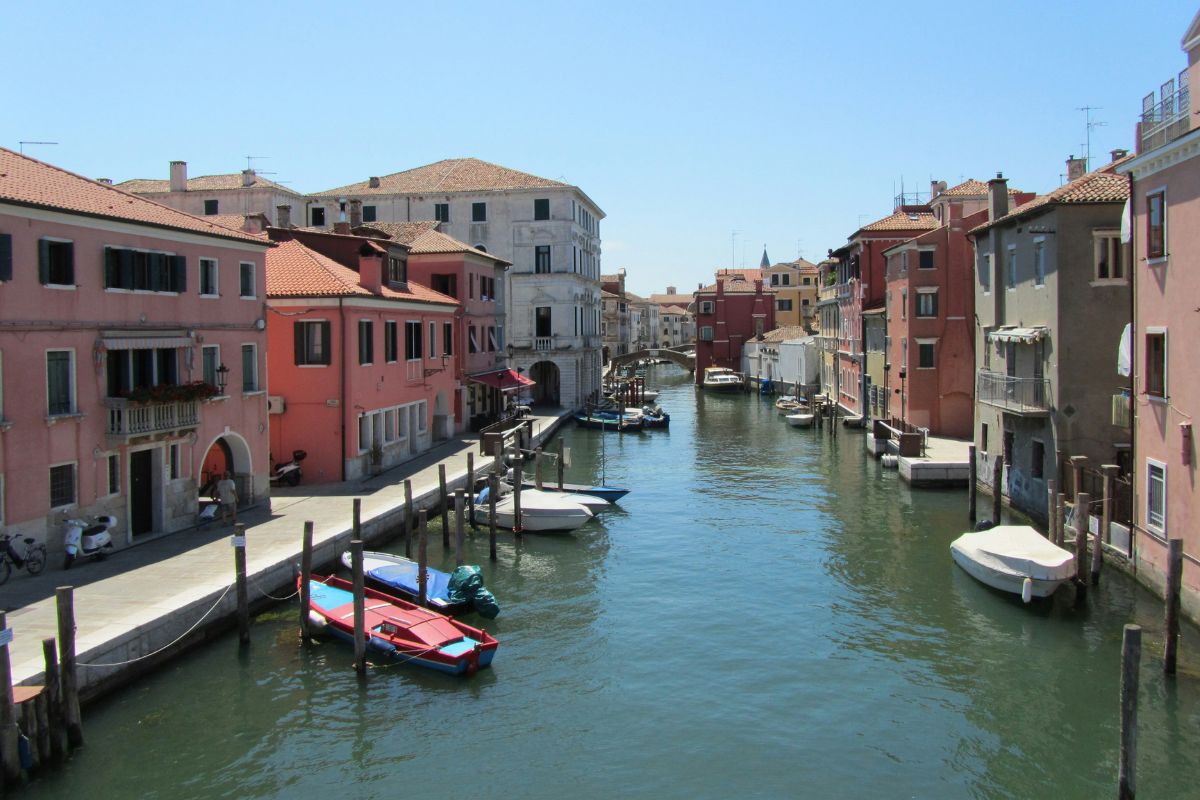
Po Delta: Exploring the Wetlands
The Po Delta, where Italy’s longest river meets the Adriatic Sea, is a natural wonder often overlooked by travelers. This maze of waterways hosts incredible biodiversity with over 370 bird species.
I took a small boat cruise through the wetlands. I glided past flamingos and herons feeding in shallow waters. My guide pointed out rare plants that thrive in this unique brackish environment.
The delta feels worlds away from Venice despite being just an hour south. Ancient fishing huts called “casoni” dot the landscape, reminding visitors of the area’s deep connection to water.
Cycling paths wind through parts of the regional park, offering a different perspective of this delicate ecosystem. I rented a bike for an afternoon and discovered hidden lagoons teeming with life.
Relaxation in the Euganean Hills
After coastal exploration, the Euganean Hills provide a refreshing change of scenery. These volcanic mounds rise unexpectedly from the flat Veneto plain, creating a microclimate perfect for vineyards and olive groves.
I based myself in Abano Terme, one of several spa towns where natural hot springs have attracted visitors since Roman times. Soaking in mineral-rich thermal waters eased my road-trip fatigue instantly.
Wine tasting became a daily ritual here. The hills produce excellent whites and unique reds like Fior d’Arancio, a sweet sparkling wine that pairs perfectly with local pastries.
Small medieval villages like Arquà Petrarca offer peaceful walks through history. Stone houses and narrow lanes climb gently up hillsides covered in cypress trees.
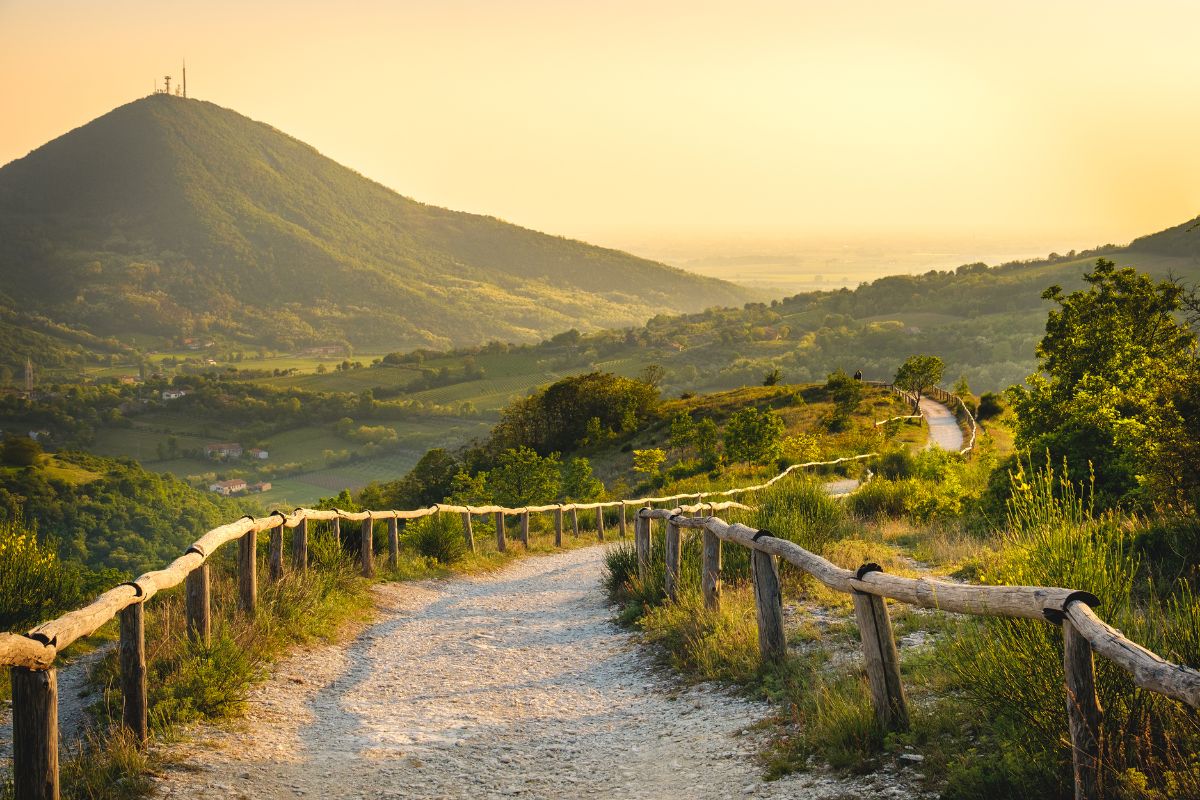
Crossing Borders: Day Trips to Slovenia and Trieste
While exploring Veneto, I discovered that some of the region’s most memorable experiences lie just beyond Italy’s borders. The eastern edge of your road trip offers fascinating cultural contrasts that are easily accessible as day trips.
Slovenian Charm: A Quick Jaunt
Lake Bled is Slovenia’s crown jewel and worth the drive from Veneto. I was stunned by the emerald waters surrounding a tiny island with its picturesque church. The trip takes about 2 hours from the eastern part of Veneto.
Slovenia feels remarkably different from Italy despite its proximity. The landscapes shift dramatically to Alpine scenery with dense forests and mountain backdrops.
Ljubljana, Slovenia’s capital, makes for another excellent day trip. I wandered through its compact old town, crossing the famous Triple Bridge designed by architect Jože Plečnik.
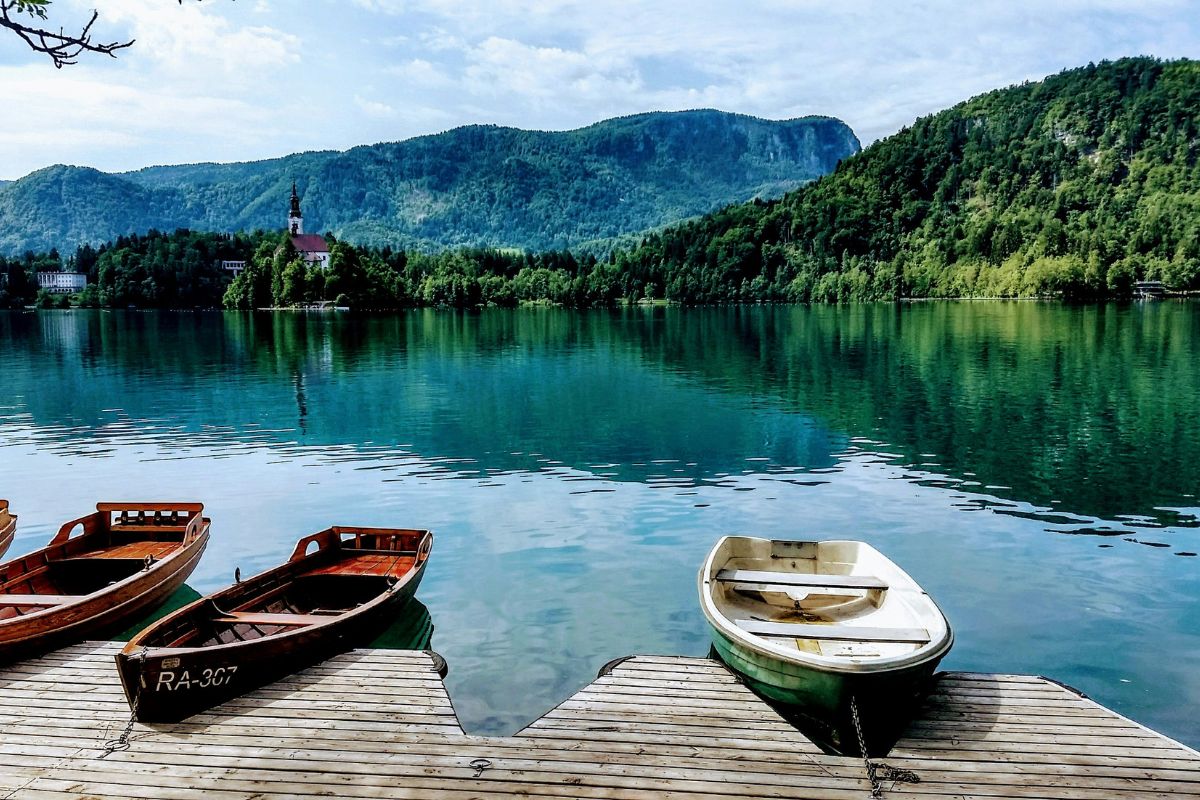
Tips for visiting Slovenia:
- Bring your passport (though border controls are minimal)
- Consider an early start to maximize your day
- Most Slovenians speak excellent English
Trieste: Italy’s Eastern Edge
Trieste sits at Italy’s easternmost point. Here, Italian, Slavic, and Habsburg influences create a unique cultural blend. The massive Piazza Unità d’Italia opens directly to the sea, making it unlike any other Italian square.
I spent hours at the historic Caffè San Marco, once the intellectual hub of the city. James Joyce wrote parts of Ulysses while living in Trieste, and you can follow his footsteps through the city.
Don’t miss Miramare Castle, perched dramatically on a rocky promontory overlooking the Adriatic. Built for Habsburg royalty, its white stone gleams against the blue sea.
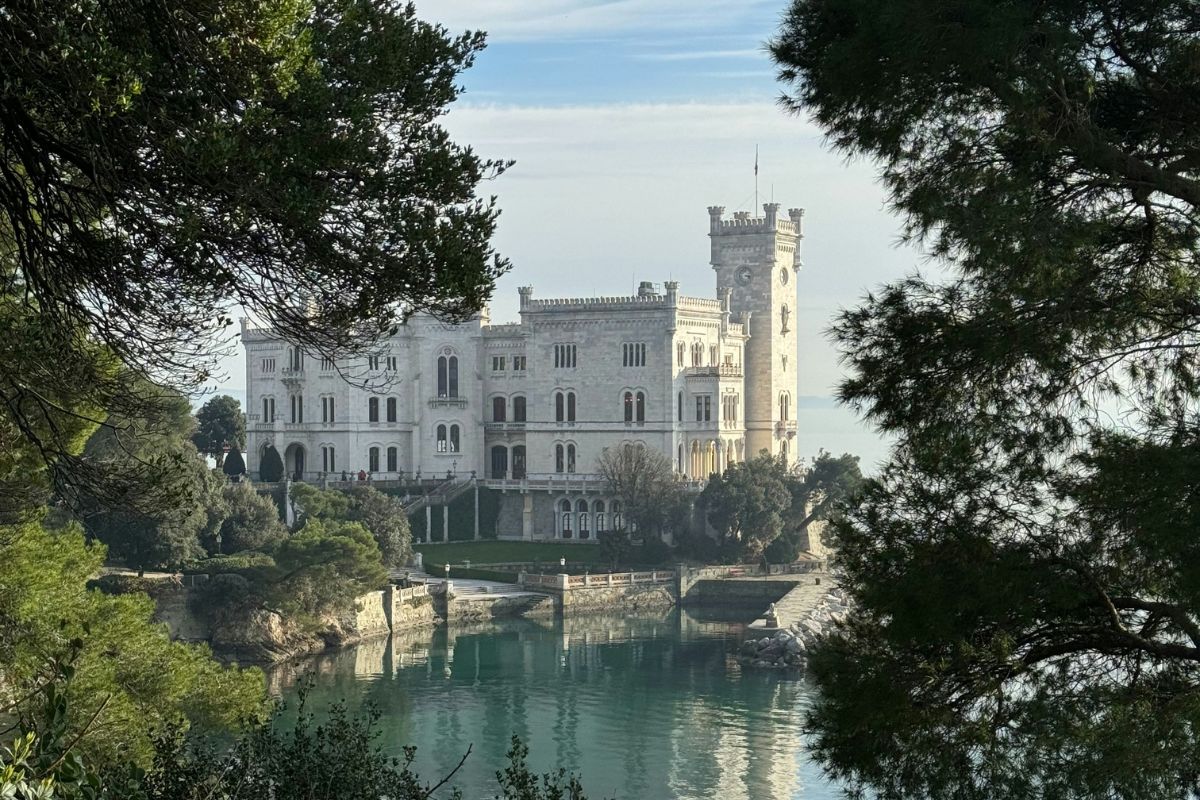
For beach lovers, Trieste’s coastline offers several options. The Barcola area features a long promenade popular with locals for swimming and sunbathing.

